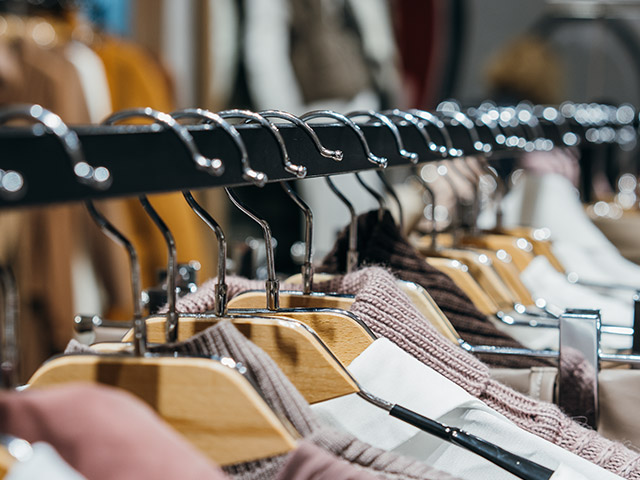Textile humidifier Systems is one of the most important systems used to increase the productivity of the textile industry with today’s advanced technology.
Textile humidifer Systems moisturizes the fabrics before they reach the production line and prepares the fabrics for further processing. Thus, the production speed in the textile industry increases and the profitability of the companies is supported.
Usage of Textile Humidifier Systems
The humidifier is one of the indispensable products of the textile industry. With the humidifier, the fabric is moistened, gained the desired properties and able to be processed more easily. Easier processing of the fabric in later stages rises the processing speed of textile companies and indirectly raises the productivity of the factory.
It is extremely significant to have ideal humidity levels for factories in the textile industry. Therefore, moisture levels should be adjusted depending on the type of each fabric. If the processes are carried out at ideal humidity rates, the weight and quality of the fabric will be at the desired level and the efficiency of the machine will go up.
If the products in the production line are kept in a place with suitable humidity rates before the process, the processes such as drying and holding the fabric in the next stages are eliminated, thus allowing the factory to process more products in a shorter time.
How Does the Textile Humidifier Work?
Moisturizers make the processing of textiles much easier. Fiber products are the fabrics that should not be kept in dry environments. Keeping the fiber fabrics in low humidity conditions will cause the fabric to dry more than desired. In such cases, the yarns lose their elasticity and become hard. Hardened fibers lose their resistance to break. Therefore, dried fiber fabrics need to be re-moistened before processing. However, if the fiber products are kept in the room where the humidifier is used, they will not need to be moistened again, so the processing time of the products will be shortened.
Dusting is the another problem of the textile industry. As is known, when fabric products rub against each other, static electrification occurs depending on the friction force. Electrified fabrics, on the other hand, gather dust from the environment, thus the fabrics start to get dust only while waiting during the process.
In order to prevent hair and dust problems due to static electricity, the products should be moistened. Static electricity is prevented in moist fabrics and the products are kept ready for the process. Worker’s health is also indirectly supported, as dusting will be prevented in the environment.

